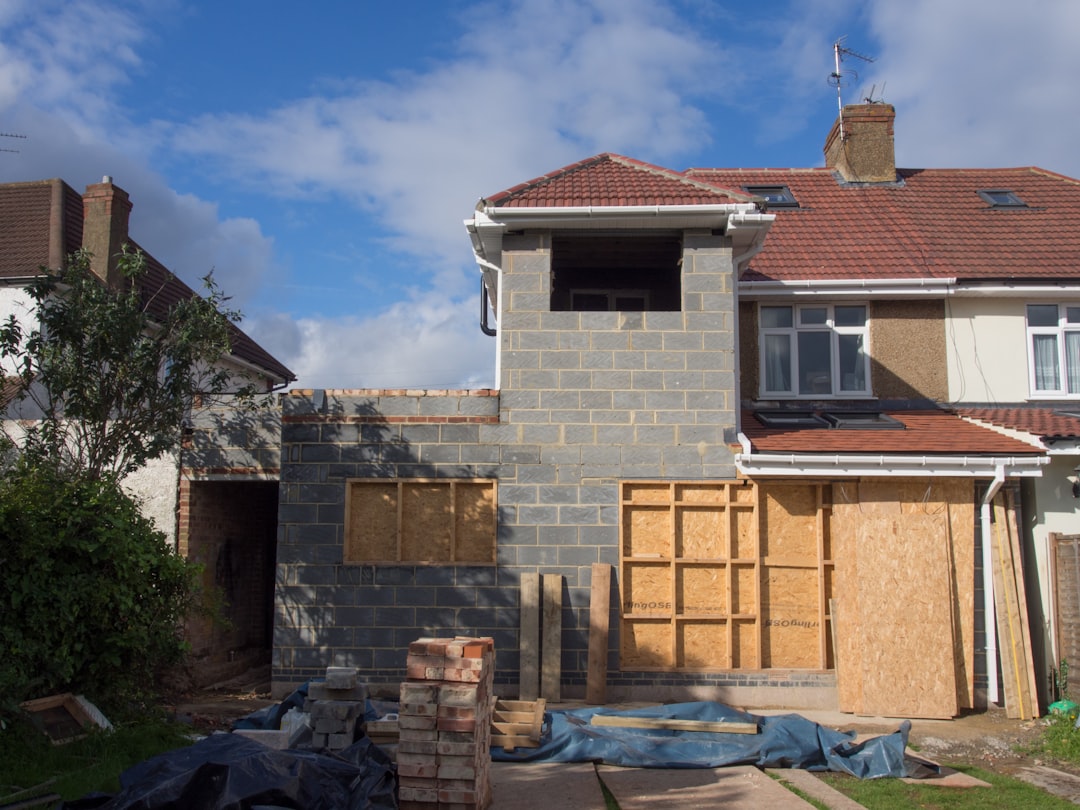
For construction professionals, understanding the cost of blown-in insulation is crucial for accurate project estimation. As of 2025, the cost for blown-in fiberglass insulation ranges from $1.20 to $1.65 per square foot at R-38, while cellulose ranges from $1.40 to $1.90 per square foot. Additional costs may apply for two-story homes or when existing insulation needs removal. This guide provides a comprehensive breakdown of these costs and factors influencing them.
Blown-in insulation, also known as loose-fill, is available in fiberglass, cellulose, or mineral wool. It is applied using a hose to cover attic floors or wall cavities, providing excellent coverage without the need for demolition.
• Material price per square foot (fiberglass and cellulose are common choices)
• Target R-value and corresponding thickness
• Labor hours for setup, blowing, and cleanup
• Equipment rental or ownership cost for the blower
• Air-sealing tasks often completed before installation
• Disposal fees for old insulation when retrofitting
Typical 2025 figures include:
• Fiberglass blown-in: $1.20 – $1.65 per square foot at R-38
• Cellulose blown-in: $1.40 – $1.90 per square foot at R-38
• Add 10 – 15% for two-story homes
• Add 20%+ for removal of existing insulation
Homes with easy access allow for quicker installations, while crawl entries or vaulted ceilings increase labor costs.
Sealing gaps and installing baffles can enhance energy efficiency. These tasks can be included in estimates for transparency.
Colder climates may require higher R-values, impacting material needs and costs.
Fiberglass may be cheaper per bag but might require more depth than cellulose to achieve the same R-value.
Steeper roofs may require additional safety measures, affecting labor costs.
Older homes may require testing and removal of hazardous materials, adding to costs.
Real-Time Voice Capture
Capture measurements and notes on-site, converting them into structured data for quick cost calculations.
Live Supplier Pricing
Access up-to-date pricing from regional distributors for accurate estimates.
Automated Blueprint Takeoffs
Upload plans and let the system calculate square footage and material needs.
Instant Proposal Generation
Create detailed proposals with a single click, including all necessary materials and labor.
1. Capture attic dimensions
2. Select material type and target R-value
3. Toggle pre-insulation tasks
4. Review real-time pricing
5. Generate a detailed proposal
6. Convert proposal to invoice upon approval
For a 2,000 sq ft attic in Dallas targeting R-38 with fiberglass, costs might include:
• Material: $2,800 (52 bags)
• Labor: $1,150 (crew of two, 7 hours)
• Equipment: $120
• Miscellaneous air sealing: $250
Total blown insulation cost: $4,320
• Consider attic light installation to avoid errors
• Use bag counts to monitor production
• Build a weather buffer into schedules
• Offer thermal imaging scans as an upsell
Whether retrofitting old homes or insulating new builds, CountBricks provides the tools for accurate and efficient estimates. Visit CountBricks.com for more information.

A Fort Worth homeowner needed a quick insulation upgrade before hosting guests. The attic was 1,400 sq ft, and temperatures were high. Using traditional methods, a quick quote would have been challenging.
• Friday 8 a.m. – Contractor used CountBricks to capture measurements and select options.
• 8:12 a.m. – Received a full breakdown: 37 bags fiberglass, R-38 target, total cost $3,180.
• 8:20 a.m. – Client received a proposal with approval options.
• 9:05 a.m. – Materials reserved automatically.
• Saturday 7 a.m. – Installation completed by 3 p.m., with on-site invoice generation.
• Quick estimate turnaround impressed the client.
• Real-time pricing protected margins.
• Added a $150 thermal imaging upsell, revealing an uninsulated area.
Clients often decide on upgrades based on immediate needs. CountBricks enables contractors to provide instant, accurate estimates, capturing opportunities without delays. Visit CountBricks.com to learn more.